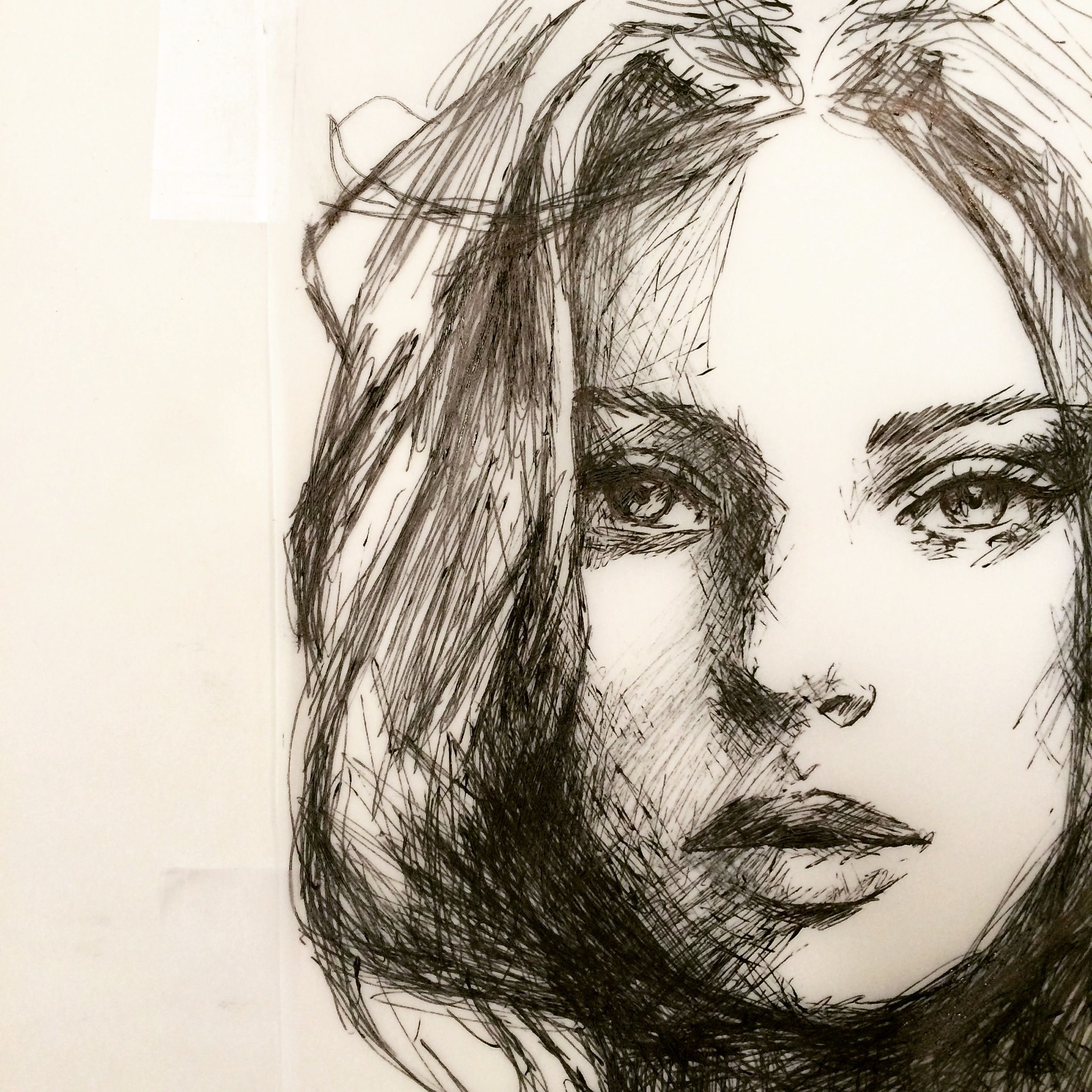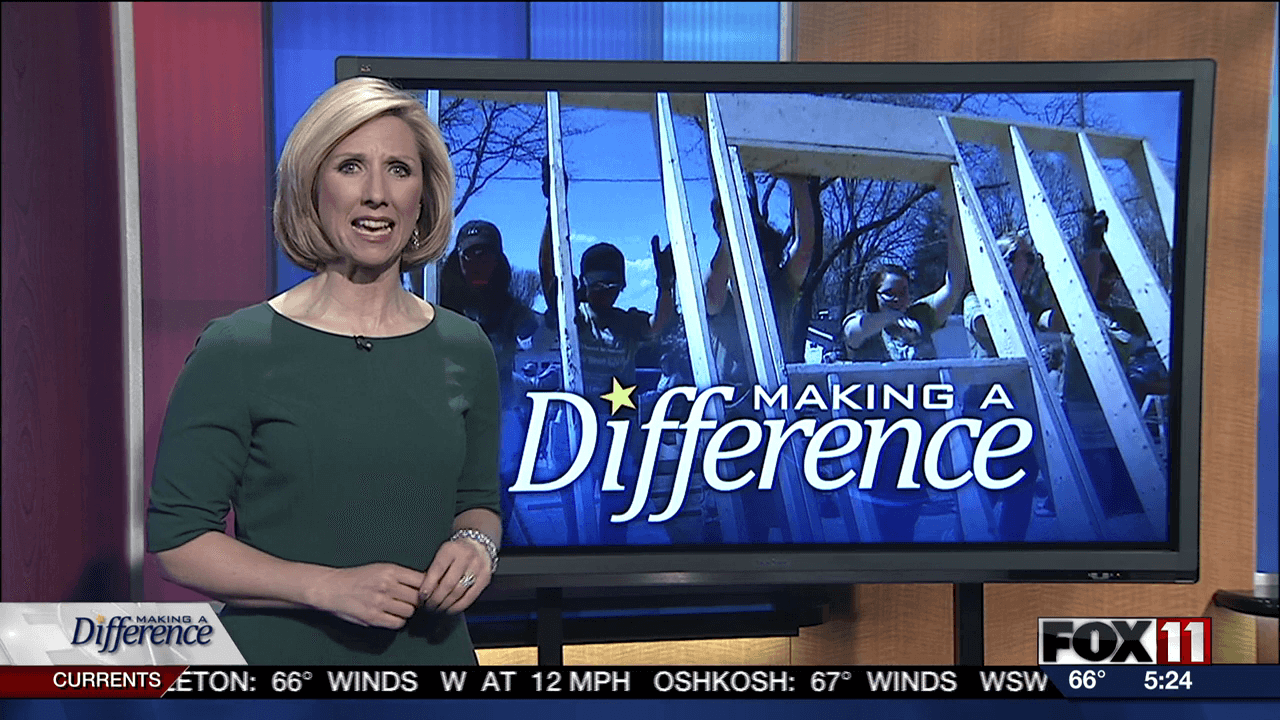Interdisciplinary Arts: Bridging Creative Boundaries
Understand interdisciplinary arts
Interdisciplinary arts represent a dynamic approach to creative expression that deliberately combine and integrate techniques, perspectives, and knowledge from multiple artistic disciplines. Unlike traditional art forms that operate within clear define boundaries, interdisciplinary arts intentionally blur these lines to create new forms of expression that wouldn’t be possible within a single discipline.
At its core, interdisciplinary arts reject the notion that creative practices must remain isolated within their respective domains. Alternatively, this approach embraces the fertile ground that exist at the intersection of different artistic languages, methodologies, and traditions.
The evolution of interdisciplinary arts
While artists have e’er borrow from different traditions, the formal recognition of interdisciplinary arts as a distinct approach gain momentum during the avant-garde movements of the early 20th century. Movements like Dada, surrealism, and fluxes actively challenge the separation between artistic disciplines.
The Bauhaus school, found in Germany, pioneer an educational model that integrate fine arts with design and craft, establish a framework for interdisciplinary thinking that continue to influence creative education today. As technology advance, peculiarly in the latter half of the 20th century, new tools emerge that interchange facilitate cross-disciplinary collaboration.
Presently, interdisciplinary arts thrive in academic environments, independent art spaces, and through collaborative projects that bring unitedly specialists from diverse fields. Digital technologies have accelerated this trend by provide platforms where different media can converge seamlessly.
Common forms of interdisciplinary arts
Performance art
Performance art ofttimes combine elements of theater, dance, music, and visual arts to create immersive experiences that engage audiences on multiple sensory levels. Artists like marina Abramovich blend physical endurance, psychological exploration, and audience interaction in works that defy traditional categorization.
Installation art
Installation artists transform spaces by integrate sculpture, sound, light, video, and sometimes interactive elements. These environmental works oftentimes require viewers to navigate physical space while engage with multiple artistic elements simultaneously. Artists like Ólafur ElÃasson create immersive environments that combine scientific principles with aesthetic experiences.
Digital and new media art
Digital artists oftentimes work across boundaries, combine programming, visual design, sound composition, and interactive elements. This chop chop evolve field embrace technological innovation while oftentimes incorporate traditional artistic skills. Works might include interactive websites, virtual reality experiences, algorithmic art, or digital installations.
Sound art
Sound art bridges music, acoustic engineering, sculpture, and spatial design. Artists in this field might create sonic environments, sound sculptures, or acoustic installations that explore how sound interacts with physical space and human perception.
Dance theater
Contemporary dance theater ofttimes integrates narrative elements, visual design, multimedia projections, and original music compositions. Companies likePina Bauschh’santeaterr wuWuppertalioneer approaches that blend choreography with theatrical expression.
Key characteristics of interdisciplinary arts
Boundary crossing
Interdisciplinary artists intentionally transgress the conventional boundaries between artistic disciplines. They recognize that innovation oftentimes occur when different systems of knowledge and practice intersect. This boundary crossing might involve combine painting with digital media, dance with architecture, or music with scientific data visualization.
Collaborative practice
Many interdisciplinary projects involve collaboration between specialists from different fields. These collaborations bring unitedly diverse expertise and perspectives, lead to outcomes that wouldn’t be possible through individual effort unique. For example, a choreographer might work with a composer, visual artist, and software developer to create an interactive dance performance.
Process orientation
Interdisciplinary arts oftentimes emphasize the creative process equally practically as the final product. Artists work across disciplines often engage in experimental approaches, embrace uncertainty and discovery as essential elements of their practice. Documentation of this process sometimes become part of the work itself.
Conceptual framework
Many interdisciplinary projects are drive by conceptual frameworks that provide coherence across different media and approaches. The concept become the unify element that tie unitedly diverse artistic expressions and methodologies.
Technological integration
Technology oftentimes serves as both a tool and medium in interdisciplinary arts. Digital technologies have dramaticallyexpandedd possibilities for integration across disciplines, enable new forms of interaction, visualization, and expression that weren’t antecedently possible.
Benefits of interdisciplinary approaches in art
Innovation and creative problem-solving
When artists step extraneous familiar territory and engage with different disciplines, they oftentimes discover new approaches to creative problems. The constraints and methodologies of one discipline can provide fresh perspectives when apply to another. This cross-pollination oftentimes lead to innovative solutions and unexpected discoveries.
Expanded audience engagement
Interdisciplinary work oftentimes appeal to diverse audiences by offer multiple points of entry and engagement. A project that combine dance, visual art, and interactive technology might attract people with interests in any of these areas, potentially introduce them to art forms they might not differently encounter.
Address complex issues
Complex social, environmental, and philosophical issues seldom fit neatly within a single discipline. Interdisciplinary approaches allow artists to address multifaceted topics through evenly multifaceted means. For example, climate change might be explored through a combination of scientific data visualization, sound composition base on environmental recordings, and participatory performance.
Cultural synthesis
Interdisciplinary arts create opportunities for cultural exchange and synthesis by bring unitedly artistic traditions from different backgrounds. This cross-cultural dialogue can lead to new hybrid forms that reflect our progressively interconnect world.
Challenges in interdisciplinary arts
Institutional barriers
Traditional arts institutions, funding structures, and educational programs are oftentimes organized around discrete disciplines. Artists work across boundaries may struggle to find appropriate venues, funding opportunities, or academic programs that accommodate their interdisciplinary approach. Many institutions have rigid departmental structures that don’t easy accommodate work that fall between establish categories.
Technical demands
Work across multiple disciplines require develop proficiency in diverse technical skills and methodologies. This breadth of knowledge can be challenge to acquire and maintain. Interdisciplinary artists must oftentimes decide whether to develop expertise across multiple fields or to collaborate with specialists who bring complementary skills.

Source: fromlight2art.com
Critical reception
Critics and audiences may struggle to evaluate work that doesn’t fit neatly within establish traditions or criteria. Without familiar frameworks for assessment, interdisciplinary projects sometimes face misunderstanding or dismissal. The critical language for discuss work that cross boundaries is stillness evolve.
Depth versus breadth
Interdisciplinary artists must navigate the tension between develop deep expertise in multiple areas and potentially sacrifice mastery in any single discipline. Find the right balance between breadth and depth represent an ongoing challenge.
Education in interdisciplinary arts
Many universities nowadays offer programs specifically focus on interdisciplinary arts, recognize the value of training artists to work across traditional boundaries. These programs typically provide exposure to multiple artistic disciplines while encourage students to develop integrative projects.
Educational approaches oft emphasize collaboration, conceptual thinking, and technical flexibility. Students might take courses across departments, participate in team base projects, and develop personalize curricula that reflect their specific interdisciplinary interests.
Beyond formal education, many artists develop interdisciplinary practices through self direct learning, workshops, residencies, and mentorships. Online resources have made it progressively possible for artists to acquire skills across multiple disciplines without formal institutional support.
Notable interdisciplinary artists and collectives
Many pioneer artists have make significant contributions to interdisciplinary practice. Nam June park, ofttimes call the father of video art, combine electronics, music, performance, and sculpture in works that anticipate our media saturate environment. Laurie Anderson seamlessly integrate storyteller, music composition, visual elements, and technological innovation in performances that defy categorization.
Contemporary collectives like random international create works at the intersection of art, design, and technology, produce interactive installations that respond to human presence and movement. The Wooster group has spent decades create theatrical works that incorporate video, sound design, dance, and unconventional staging to reimagine classic texts and create original performances.
Artist Ólafur ElÃasson’s studio bring together artists, architects, craftspeople, and scientists to create immersive installations that explore perception, environmental concerns, and spatial experience. His collaborative approach exemplify how diverse expertise can contribute to cohesive artistic visions.
The future of interdisciplinary arts
As technology continue to evolve, new tools for integration across disciplines are invariably emerged. Virtual and augmented reality, artificial intelligence, biotechnology, and other emerge fields are open unprecedented possibilities for artistic exploration across boundaries.
Climate change, social justice movements, and other press global issues are inspired artists to work across disciplines to address complex problems. These collaborations progressively extend beyond the arts to include scientists, activists, communities, and other stakeholders.
Educational institutions are gradually adapted to support interdisciplinary approaches, with more programs offer flexible structures that accommodate boundary cross work. Funding organizations are likewisbegunin to recognize the value of interdisciplinary projects, create new opportunities for support.

Source: ibyb.org
Engage with interdisciplinary arts
For those interested in experience interdisciplinary arts, many contemporary arts festivals, museums, and performance venues nowadays regularly present work that cross boundaries. Digital platforms besides provide access to documentation of interdisciplinary projects that might not be available topically.
Artists look to develop interdisciplinary practices might begin by identify connections between their primary discipline and other areas of interest. Collaborative projects with practitioners from different fields oftentimes provide valuable entry points into interdisciplinary work.
Audiences can enhance their appreciation of interdisciplinary arts by approach such work with openness and curiosity. Quite than seek familiar patterns or techniques, viewers might consider how different elements interact and what new possibilities emerge from these combinations.
Conclusion
Interdisciplinary arts represent a vibrant approach to creative expression that reflect our complex, interconnected world. By designedly cross boundaries between established disciplines, artists create new possibilities for innovation, engagement, and meaning making.
While challenges remain in support and evaluate interdisciplinary work, the approach continues to gain recognition for its ability to address complex issues and generate fresh perspectives. As traditional boundaries between disciplines become progressively permeable, interdisciplinary arts offer exciting possibilities for the future of creative practice.
Whether through formal educational programs, collaborative projects, or individual exploration, engage with interdisciplinary approaches open new territories for artistic discovery. By embrace the fertile ground that exist between established disciplines, artists and audiences like can participate in the ongoing evolution of creative expression.



